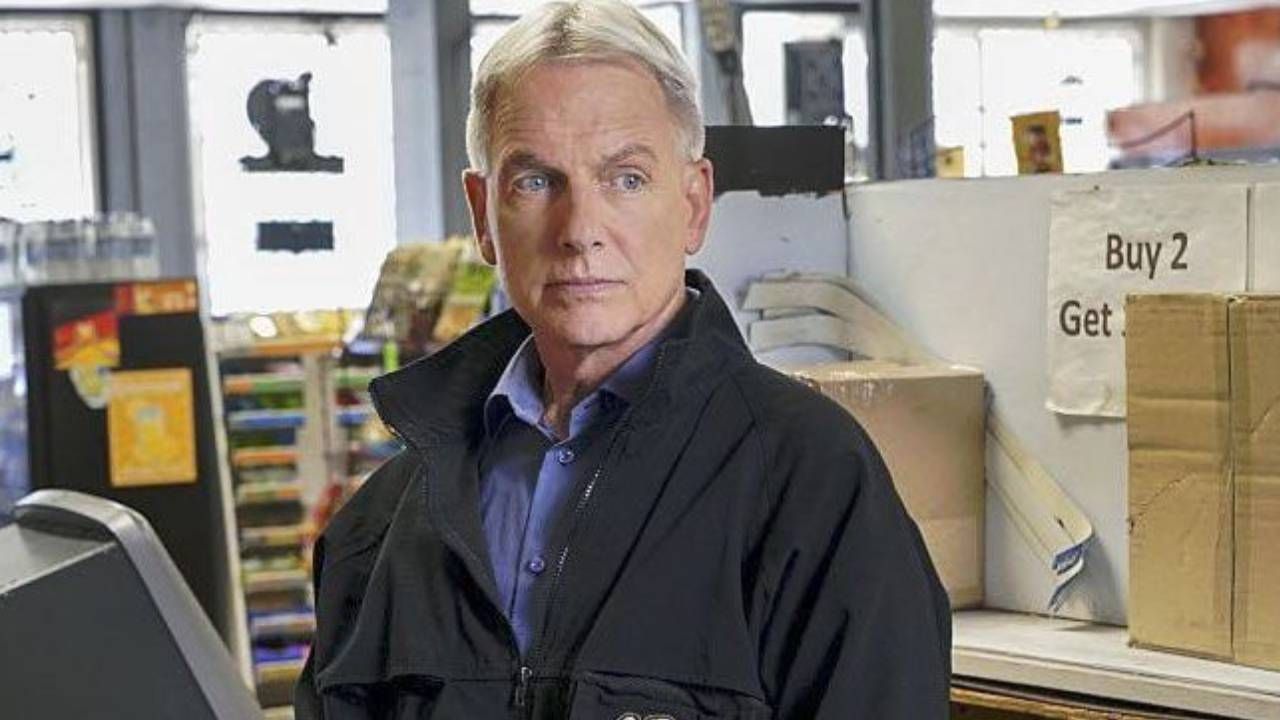Doctor of public health and doctor, René Mendes coordinates a group that studies the impacts on workers’ health
New employment relationships, consolidated and accelerated especially during the COVID-19 pandemic, combined with the relaxation of recent labor laws, have caused significant impacts on workers’ health. The analysis is conducted by the doctor in Public Health and by Dr. René Mendes, who coordinates the Study Group on the Impacts of the New Morphologies of Work on the life and health of the working class.
Receive the main news directly on WhatsApp! Subscribe to the Terra channel
The group was created in March this year, precisely with the aim of studying and giving visibility to these new problems that threaten the life and health of the working class. One of these is the false promise of autonomy, offered by work formats that have increased since 2021, as in the case of app delivery drivers and individual transport drivers.
“It is a false entrepreneurship, a lack of autonomy that, in fact, causes people to work more and more and earn less and less, all without social protection,” he adds.
Mendes highlights the need to regulate new employment relationships, ensure social protection and guarantee workers’ rights, in order to mitigate the impacts on the health of this group. Watch the full interview below!
You are the coordinator of a study group that focuses on changes in the world of work and their impact on workers’ health. What have you observed throughout your career to date that motivated the creation of the group?
There has been growing concern in society about new work formats, especially those that have become more visible during the pandemic. As we all started using, for example, delivery apps, the phenomenon of the growing population of workers using app platforms as a form of work became evident. Delivery drivers are an example of this. The working class is increasingly sick from this type of work.
This is what we call new morphologies of work. I proposed that the University of São Paulo include these impacts on the lives and health of workers. The complexity of these impacts requires or requires a multidisciplinary or interdisciplinary and interprofessional approach. This flowering of this model led us to create this project. So it is a sort of flag, a stake, a point of reference to draw attention to a serious current problem.
One of the main changes we see today is the flexibilization of employment relationships and rights, with the emergence of service applications, such as Uber, iFood, among others. How do you analyze this moment?
These new working relationships, as I was saying, consolidated during the pandemic, but remained and advanced with the labor reform. The reform, by making labor rights more flexible, isolated casual workers. So they allowed themselves to be fooled by a proposition called entrepreneurship: everyone is autonomous and enterprising. This discourse then found a very favorable environment to mischaracterize employment relationships.
The 2017 labor reform still seeks to dismantle, so to speak, workers’ solidarity and unity. It also dismantled the unions, the classes, the categories that organize the working class. In this case, this dispersion has made each worker independent, forcing them to work more and more and to earn, in fact, very little, without social protection.
I’ll give just one example: when you place three orders to be delivered on the same route and only pay one to the courier, but the company receives the three charged amounts, perverse equations are clearly created.
It is a false entrepreneurship, a lack of autonomy that, in fact, causes people to work more and more and earn less and less, all without social protection.
Is it possible to maintain the current working structure without causing much damage to the health of professionals?
There are initiatives in other countries, and we are at the beginning here in Brazil too, with some cooperative models or the development of control algorithms by the workers themselves. For example, so that they can have more control over the hours they are available, which are the unpaid hours.
Another initiative is the regulation, for example, of the presence of support points, support places on the routes to travel. This allows them to go to the bathroom or eat something, in short to rest, instead of always being marginalized on the sidewalks or in places where they remain temporarily, sometimes outdoors. There should also be controls, for example, on the duration of the journey.
Which pathologies do you identify as those that most affect workers?
Today, in general, the profile of the disease of the working class could be summarized in two large blocks. The first block is the so-called wear-and-tear or high-performance pathologies or diseases, caused by work intensification, where burnout and fatigue come into play.
The second block are those linked to mental exhaustion and work intensification, called diseases of loneliness. These are the diseases that affect working models today in which the bonds of solidarity, belonging and community have been intentionally dismantled and interrupted. There is an individualization of tasks, even in disguised ways, such as remote working.
These illnesses of loneliness, therefore, are essentially depressive illnesses. In other words, mental disorders of a depressive nature, such as severe or mild depression, culminating in suicide.
What contributes to this image? Could these be new working relationships?
Work intensification is today one of the most typical and perverse characteristics of workers becoming ill. It is working more and earning less, that is, working more in order to earn a minimum survival. This is characterized by these new working relationships that I talked about.
Therefore, working on the street, in open environments, subject to all weather conditions, subject to accidents, subject to aggression, to expressions of violence, adds to a pattern that requires higher speeds and a greater number of deliveries at a time, in relationships such as those of food deliveries or those of uberization. These characteristics present in these working relationships favor this disease.
In these new working relationships, demands are made, humiliating strategies are used and impossible goals are set. These people can’t handle it. So, this combination of new formats, whether they are seemingly more visible, as I said, food delivery drivers, or today’s remote management-based work organization models, are both ways of demanding work, goals, productivity, production, reaching certain goals in the app. The productivity required causes people to disappear and become ill, or even commit suicide. All this without social protection.
In practice there are fewer workers, more work overload, more claims, dismissals, replacement of three people with one, for example the disqualification of workers. This is what we have today in these new relationships and what makes workers sick.
How do you rate the federal government’s performance on the issue? In your opinion, what measures should the government take?
There was a lot of expectation, which now reaches the Lula government, a lot of expectation of a reversal of, for example, the labor reform, the pension reform and other attacks that have been made to eliminate social rights, particularly in the field of labor and social security. The problem is that most of these hiccups that have occurred in recent years have occurred in the legislature, Congress and even the judiciary. The margin for the Executive is minimal.
The short and medium term prognosis is very bleak. The question is: will it change? There is little room for change, but the force of change would be, let’s say, in society. We bet that more people, more social movements become aware of the importance of workers and their rights, of their health, of their employment security and safety also in a physical sense, and of who the workers are.
According to the WHO, depression and anxiety are affecting more and more workers. What contributes to this image?
This is driven by this model of new relations which devalues work and workers and generates austerity policies, policies to reduce social investments and the generation of productive jobs, to the extent that outsourcing, precariousness are increasingly valorised , mechanization and robotization. So, this threat of job loss, threat of job loss… Indeed, there is precariousness and, with it, also an increase in a range not only of explicit unemployment, which continues to be high throughout the world and increasing, as well as this limbo of rights and survival in a context in which people still live, that is, the working class.
Source: Terra
Ben Stock is a lifestyle journalist and author at Gossipify. He writes about topics such as health, wellness, travel, food and home decor. He provides practical advice and inspiration to improve well-being, keeps readers up to date with latest lifestyle news and trends, known for his engaging writing style, in-depth analysis and unique perspectives.








